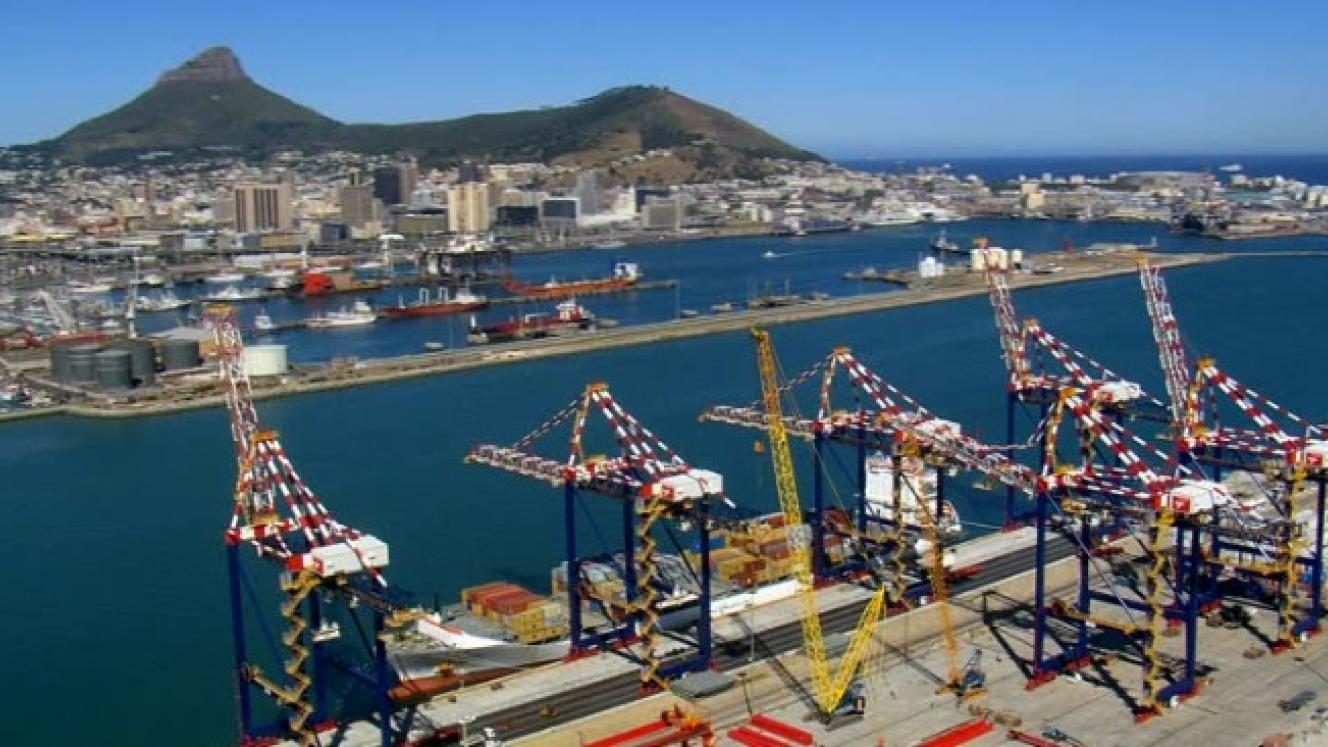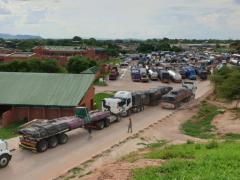Aid, essential supplies, and even luxuries are still being delivered in Africa’s many conflict-ridden regions by logistics operators who have learned to adapt and to work in partnership with other operators, agencies, and security forces, or militias. “Violence along routes in the Central Sahel, the Lake Chad basin, and western Cameroon is persistent, disrupting trade, isolating communities, and undermining state authority,” according to the Sahel and West Africa Club Secretariat. Countries affected by militant, rebel or ethnic conflicts include: l Sudan: 30 million people are in need. United Nations staff coordinate a 75-partner logistics cluster, managing information, storage and transport capacity. UNHAS Sudan also provides passenger and light cargo air transport to remote areas, supporting ongoing humanitarian work. l Mali: “By attacking transportation arteries, fuel tankers, and population centres in western Mali, the JNIM coalition is targeting the economic, security, and political vulnerabilities of the military junta in Bamako,” reports Daniel Eizenga of the Africa Center for Strategic Studies. l Central African Republic: The Canadian government advises that regional wars have increased access to weapons, leading to armed attacks and highway robbery. l Burundi: Moving freight in and around Burundi in 2025 is significantly challenged by spillover, particularly from the eastern DRC, and domestic political and economic instability. l Mozambique: Recent political unrest has affected traffic on the Maputo Corridor, while insurgency in the northern Cabo Delgado province continues to be a challenge. l Ethiopia: According to the Logistics Cluster, “logistics operations are hampered by significant access constraints, including insecurity along key transport corridors, damaged or impassable infrastructure, seasonal flooding, and bureaucratic impediments”. l Burkina Faso: Armed groups frequently target transport routes, causing major disruptions and rising costs, and forcing reliance on protected convoys or costly air transport. l Niger: Major highways are classified as high-risk zones, with frequent attacks, kidnappings, and armed banditry targeting commercial vehicles. l Nigeria: A local logistics manager is quoted by researchers Lydia Okunsanya and Muhammad Azmat as stating, “due to the high rate of insecurity in the country, we have had to employ security personnel with every one of our vehicles, and even then, there are certain areas in the country that we do not service”. l Cameroon: Anglophone separatist movements, Islamist insurgents in northern regions. l Democratic Republic of Congo (DRC): Numerous armed groups operate in the eastern DRC, posing a constant threat of attacks, looting, and abductions of drivers. Supply chain corridors, such as the RN2 highway in North Kivu, are frequently closed due to fighting. l Angola: Civil unrest, crime, a low-intensity war in the Cabinda province, poor infrastructure and bureaucracy impede the movement of cargo. l Tanzania: A recent addition, with rioting following a contested election result. Despite the challenges, the Africa Freight Logistics Market report forecasts that the sector will grow from $162.96 million in 2024 to $285.29m by 2033, reflecting a compound annual growth of 6.42%. ER












